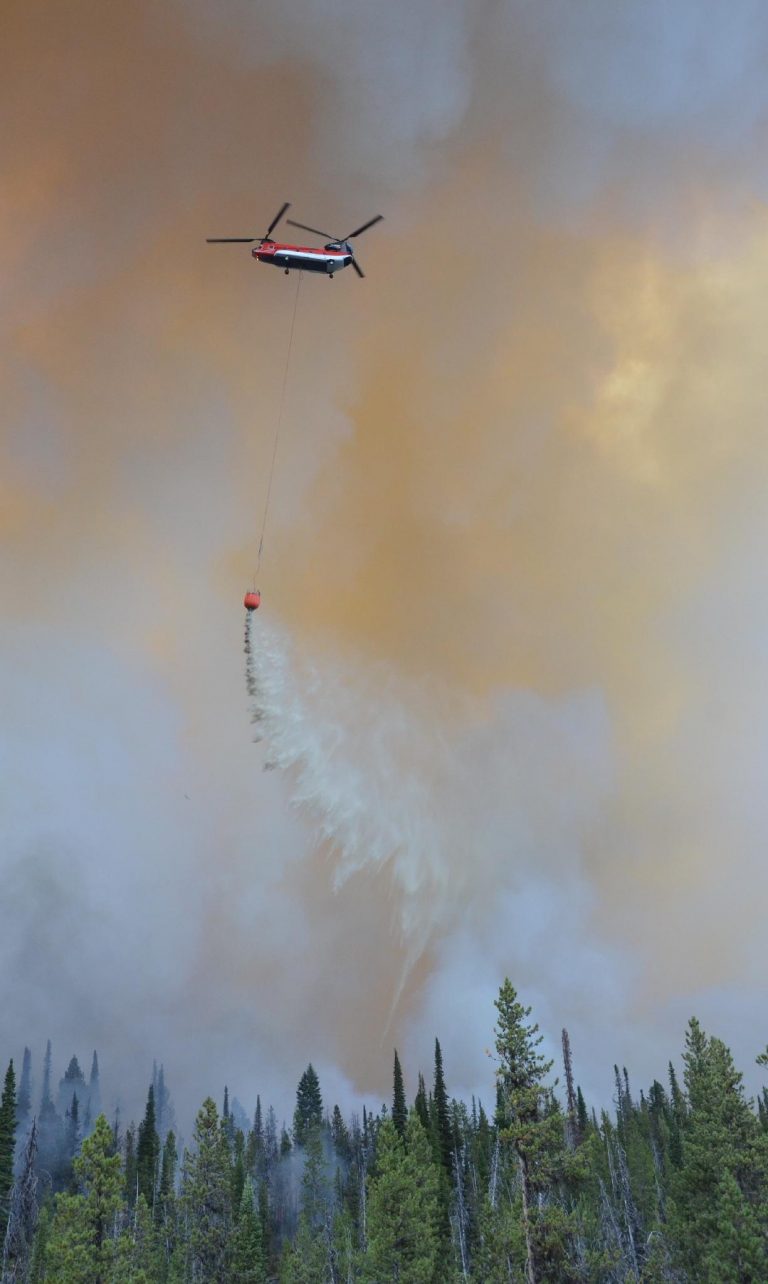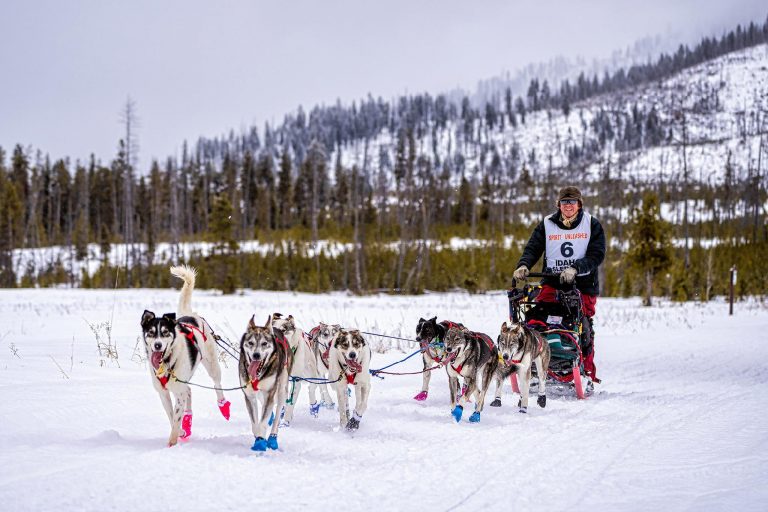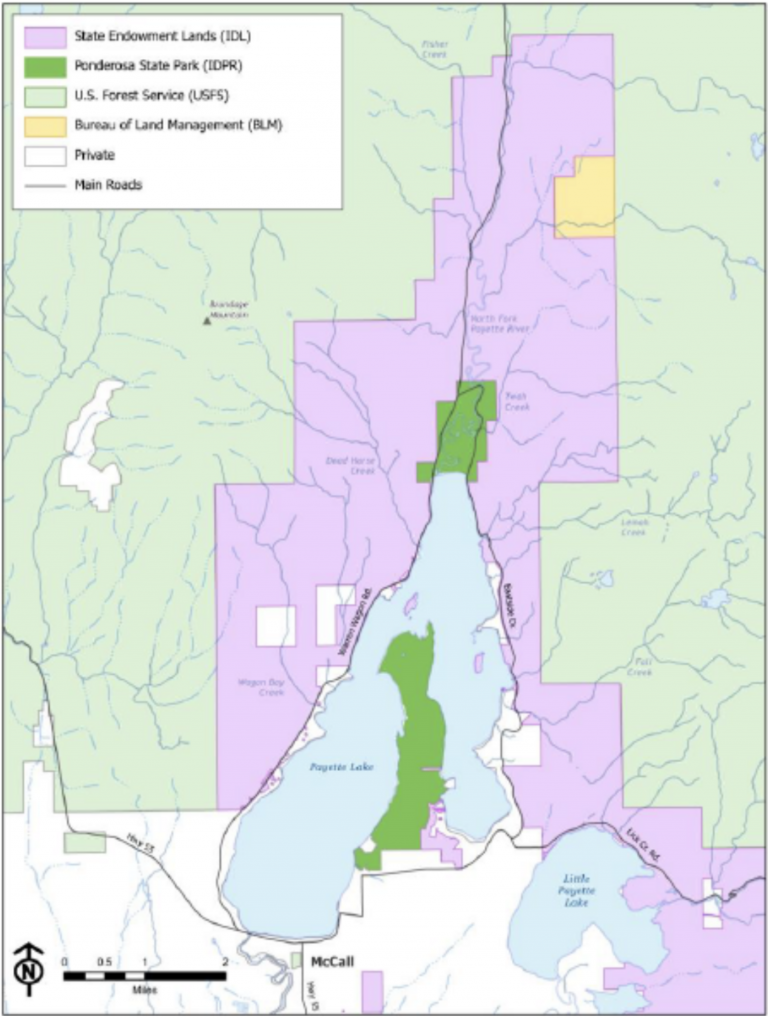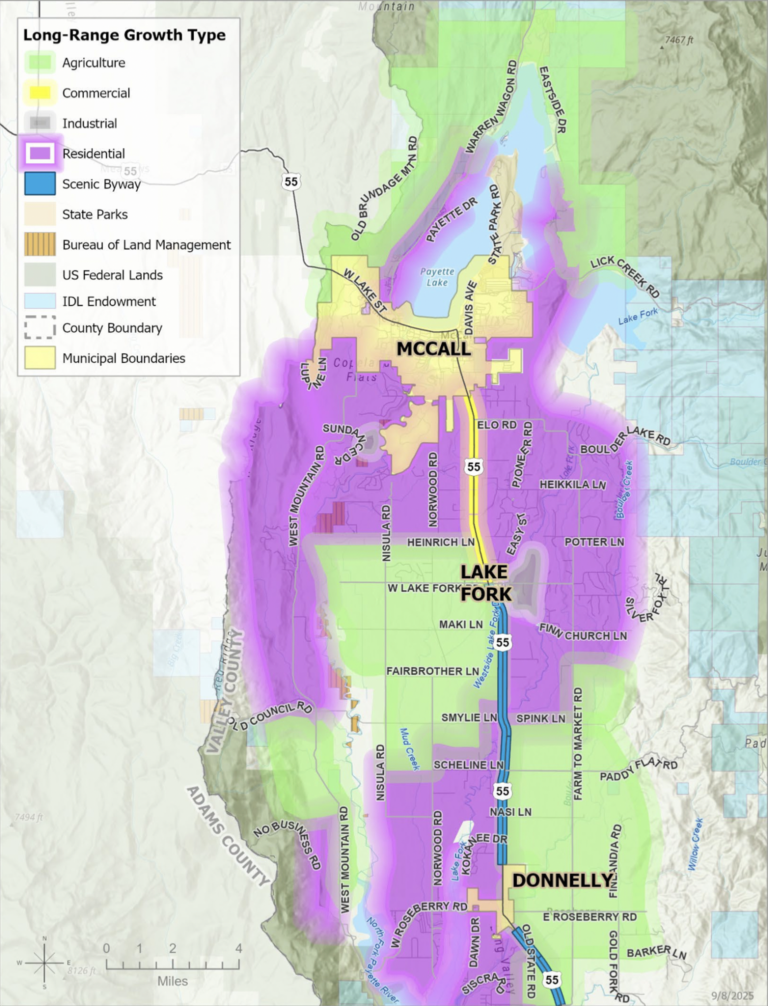BY MAX SILVERSON
The Star-News
The Payette National Forest is preparing for an active fire season following this winter’s below average snowfall and a hot and dry summer forecast.
“Above normal fire potential” is expected on the Payette in July and August, possibly extending into September, said Molly Booth, an assistant center manager at the Payette Interagency Dispatch Center in McCall.
Above average temperatures and below average precipitation are forecast through August. Lower elevations are expected to dry out first, creating conditions that will likely lead to more fires than seen over the past two summers. That trend will move into higher elevations throughout the summer, Booth said.
The potential for forest fires this season is far greater than last summer, which saw only 30 total wildfires on the Payette. The average is 69 fires per year, usually resulting in two large fires over 100 acres in size, said Payette Deputy Fire Staff Officer Tom Schultz.
Firefighters have already responded to and extinguished 17 small fires on the Payette, mostly caused by lightning. So far, each has been smaller than one acre, said Payette Public Information Officer Brian Harris.
There are about 200 firefighters based on the Payette, which is similar to last summer, said Payette Forest Fire Management Officer David Vining.
“We will order additional resources if conditions require additional capacity. In the past we have ordered additional aircraft, crews, and engines to support our initial attack or extended attack operations,” Vining said.
When more crews are needed on the forest, officials can call in assistance from firefighters stationed across the country.
Crews are dispatched to assist on fires as needed, meaning firefighters on the Payette are likely to be sent elsewhere if they are not needed locally.
“Last year, the Payette National Forest mobilized resources to all the western states. In addition to our typical western fire season, we were able to assist Canada with their major fires in June, and finished out the season in November with one of our fire engines in West Virginia and Pennsylvania,” Schultz said.
In an effort to reduce the risk of wildfires, the Payette has completed about 10,000 acres of prescribed burns this spring. The controlled fires clear low-lying brush and timber.
The Payette stands out as a regional leader in landscape-level prescribed fire and thinning efforts, Harris said.
Firefighting by the numbers
The Payette staffs six fire engines that are staged in Weiser, Council, New Meadows and McCall.
There are three crews of six to 12 people called “modules” based in Council and McCall.
The McCall Smokejumper Base, fire dispatch center and air banker base are located on the west side of the McCall Airport.
Aircraft on hand to fight fires includes two single engine air tankers contracted by the Idaho Department of Lands, a twin turbine airplane for reconnaissance and two Twin Otter airplanes that are used to deploy smokejumpers.
There are two helicopters staged at the McCall airport, including a A-Star helicopter used mostly for medical evacuations and short-haul operations and a contracted twin rotor Chinook that can drop up to 2,000 gallons of water in a single bucket.
There are two helicopters based at the Price Valley Helibase, including a Bell 205 A1 “Huey,” that can carry up to eight people, and a new contracted Super Puma helicopter, that can carry up to 24 passengers and a water bucket.
The Payette’s Initial Attack Crew is located at the Krassel Work Center along the South fork of the Salmon River.
A fire warehouse, which houses tools, food, clothing and other equipment for teams in the field, is located on Mission and Forest Street in McCall near the McCall Ranger District Offices.
Stocked and ready for deployment are 164 “combi-tools,” 125 Pulaskis, 104 shovels, 298 cases of MREs, 3,397 quart-sized canteens, 1,276 fire resistant pants, 957 fire resistant shirts, 80 hardhats, 1300 pairs of gloves and 50 chainsaws.




